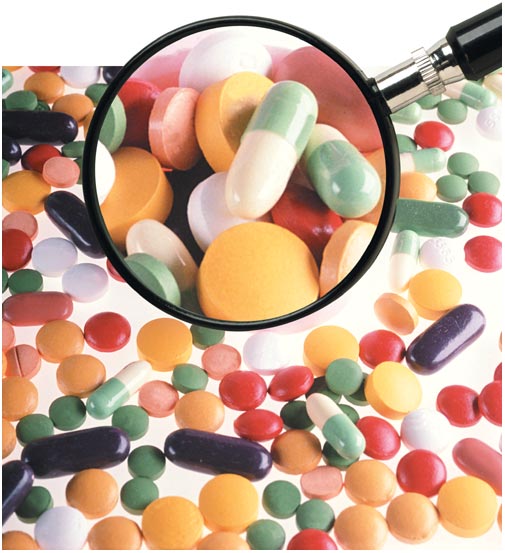Addiction to the drug occurs very quickly: constant use requires an increasing dose. The absence of the usual dose causes the phenomenon of withdrawal (“breaking”), which manifests itself in headache, pain in the muscles of the neck, back, limbs, joints, cramps in the abdominal cavity, and palpitations. Tortured by these sensations, drug addicts often complain of a head injury with loss of consciousness, other injuries, renal colic, in order to be injected with a narcotic substance. Outwardly, the addict looks older than his years, is characterized by dry and yellow skin, brittle hair and nails, constricted or dilated pupils (depending on the type of drug). The list of narcotic drugs is issued by the Standing Committee for Drug Control under the Ministry of Health, annually updated and supplemented. In addition, the committee gives an opinion on whether a given quantity of narcotic drugs is large or small. The number of such funds found in someone’s possession determines the responsibility for their use or preservation – administrative or criminal.

The appearance of drugs depends on the raw materials from which they are made.
- Opium, obtained from the poppy, is a clod of various sizes or a soft, shapeless mass of brown color with a peculiar heavy odor and bitter taste. In addition, various tinctures are made from opium and poppy oil, which are yellow or reddish brown in color. Opium can be found in powder, tablets from light yellow to light brown. Opium is smoked or consumed. Tinctures are drunk or administered intravenously.
- Hashish, obtained from hemp, is a dense mass of gray-green to brown color with a cannabis smell. For sale, it is produced in the form of balls, tiles, disks, cylinders. The main way of consumption is smoking, for which hashish is mixed with tobacco. Sometimes hashish is chewed or added to food. Sometimes decoctions are made with water or milk[1].
- Cocaine is obtained from the coca bush, which grows in South America and some other countries. In finished form, it is a white powder. Drug addicts are used by inhalation or injection.
- Medicinal drugs – morphine, codeine, tecodin, etc. – available in white powdersor slightly yellowish, tablets, ampoules.
- Narcotics synthesized outside the factory, such as phenamine, phenadone, phencyclidine, etc., are white powders, sometimes with a light brown color, ephedrine is a colorless solution (sometimes slightly yellowish).
At each stage of drug use, drug addicts leave material traces:
- drug, raw materials for its production, semi-finished products;
- traces of collection: special scraper knives, containers for cleaning the thickened juice secreted from poppy heads (water lilies, cans), bandages and gauze used to collect opium, with brown spots; bags for poppy straw, hemp;
- traces of handicraft production and storage of narcotic drugs: brown coating on dishes (cauldrons, pots, mugs, spoons); shares of the drug on boards, oilcloths, tables, rags; the remains of a dark brown liquid; chemical residues; availability of medical and technical literature describing drug manufacturing processes[2];
- traces of consumption: cigarettes and cigarettes with marijuana (hashish), needles, syringes, boiled bandages, gauze, cotton wool, special pipes for smoking;
- microtraces on packaging used for storage, handling and marketing: on plastic bags, cans, bags, vehicles;
- packaging from narcotic drugs, etc.;
- traces of illegal drug acquisition in pharmacies: fake prescriptions, fake documents for recording and saving prescriptions;
In addition, traces of drug addiction can be found on a person: traces of injections on the hands, on the palms, under the nails, on the surface of clothing, in pockets.
The production of homemade drugs with a specific odor requires an isolated production site and special packaging that is impervious to odor or with a different, stronger odor (for example, from perfumes).
Plants from which homemade drugs are made – opium and oil poppy, various types of hemp – grow in certain regions of the country. Establishing links between suspected individuals and residents of these regions helps to put forward versions of possible accomplices of criminal groups. Ligaments of suspects with employees of medical institutions are also used.
[1] Bilenchuk P. D., Gel A. P. Fundamentals of forensic tactics – Vinnitsa, 2001.
[2] Forensics / Ed. I.F. Krylova. – L., 1992
 >
>